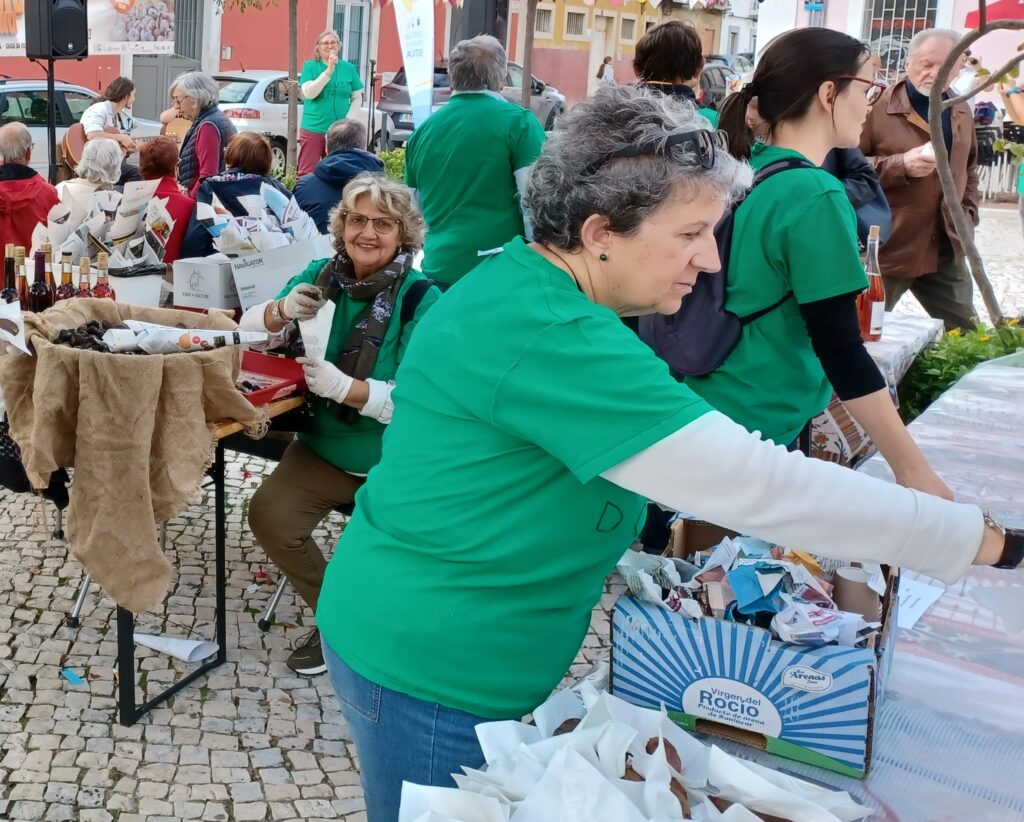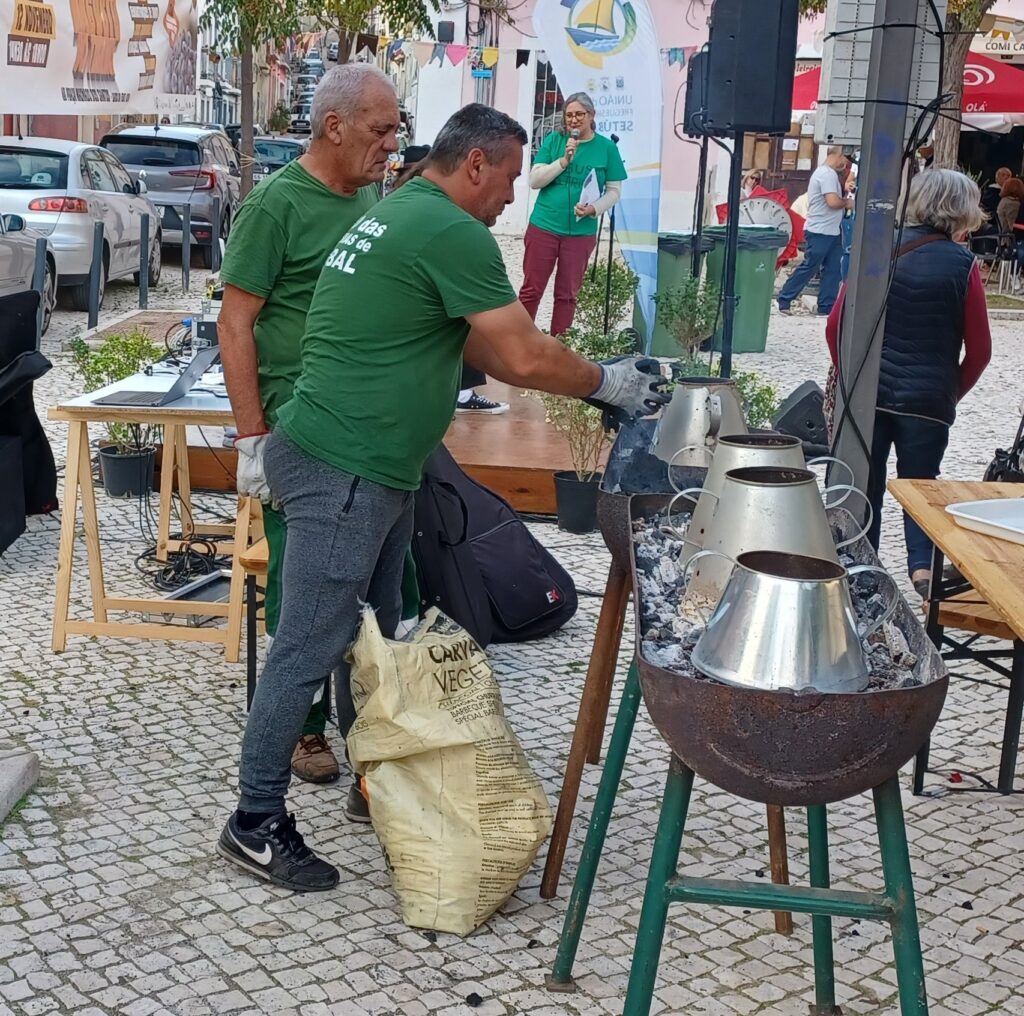In the U.S., November 11th is Veteran’s Day. But, in Portugal and much of Europe, it’s St. Martin’s Day.

November 11th is St. Martin’s Day, a feast day celebrated throughout Europe to commemorate Saint Martin of Tours, a Roman soldier who became a monk. Saint Martin is known for giving away all his possessions except his cloak. One day he saw a beggar in snowstorm and cut his cloak in half, giving one half to the beggar.
St. Martin’s Day is celebrated in different ways across Europe. Many customs include roasting a goose. In Germany, bonfires are lit. Several countries also use St. Martin’s Day mark the day when the new wine is declared fit to be drunk.
St. Martin’s Day in Portugal
Known as Dia de São Martinho, the Portuguese have their own traditions to commemorate the day.
A wine-like drink, água-pé, is drunk on the holiday. Água-pé, literally “foot water,” is made by mixing water with the grape pomace, the leftover skins and seeds of the winemaking process. Água-pé has a lower alcohol content, about 8%, than wine, and has a pale, pink color. It’s not exactly my favorite, but I enjoy the tradition of sipping an água-pé on St. Martin’s Day while munching on what is usually an over-roasted dry chestnut.
If you’d like something a stronger, look for Jeropiga. Instead of water being added to the grape pomace, a firewater called Aguardente is added. As you can imagine, this makes for a potent beverage! In northern Portugal, Port Wine is sometimes added to the Jeropiga, mellowing some of the bite of the Aguardente and sweetening the mixture.
Chestnuts and sweet potatoes are roasted and eaten on Dia de São Martinho. In our city of Setubal, roasted chestnuts and sweet potatoes are wrapped in newspaper and handed out for free in the Fonte Nova neighborhood while musicians perform.

On St. Martin’s Day you’ll hear people say things like “No São Martinho, vai à adega e abre o vinho” (On Saint Martin’s Day, go to the cellar and open the wine), “Pelo São Martinho, prova o teu vinho” (For the sake of Saint Martin, taste your wine) or “No Dia de São Martinho, lume, castanhas e vinho” (On Saint Martin’s day, stove, chestnuts and wine).

Like in other countries in Europe, folks in Portugal build bonfires to celebrate the holiday. I have never witnessed this, but Portuguese friends assure me it is true, though fewer bonfires are built now than when they were kids. In fact, the celebration itself is called Magusto which supposedly comes from the Latin phrase “magnus ustus” or “great fire”
Dia de São Martinho also marks the beginning of Verão de São Martinho (St. Martin’s Summer). According to legend, Dia de São Martinho starts a period of ten days of nice weather, the St. Martin’s Summer.
Believe what you will, but in 2023, we had a few weeks of unseasonably cold and rainy weather leading up to St. Martin’s Day. But then, on Nov. 11th, the skies were mostly blue and the temperatures were rather warm. And, that great weather held for at least a week and a half. Can’t argue with that!
About the Author

Brent Petersen is the Editor-in-Chief of Destination Eat Drink. He currently resides in Setubal, Portugal. Brent has written the novel “Truffle Hunt” (Eckhartz Press) and the short story collection “That Bird.” He’s also written dozens of foodie travel guides to cities around the world on Destination Eat Drink, including several in-depth eating and drinking guides to cities in Portugal. Brent’s podcast, also called Destination Eat Drink, is available on all major podcasting platforms.
